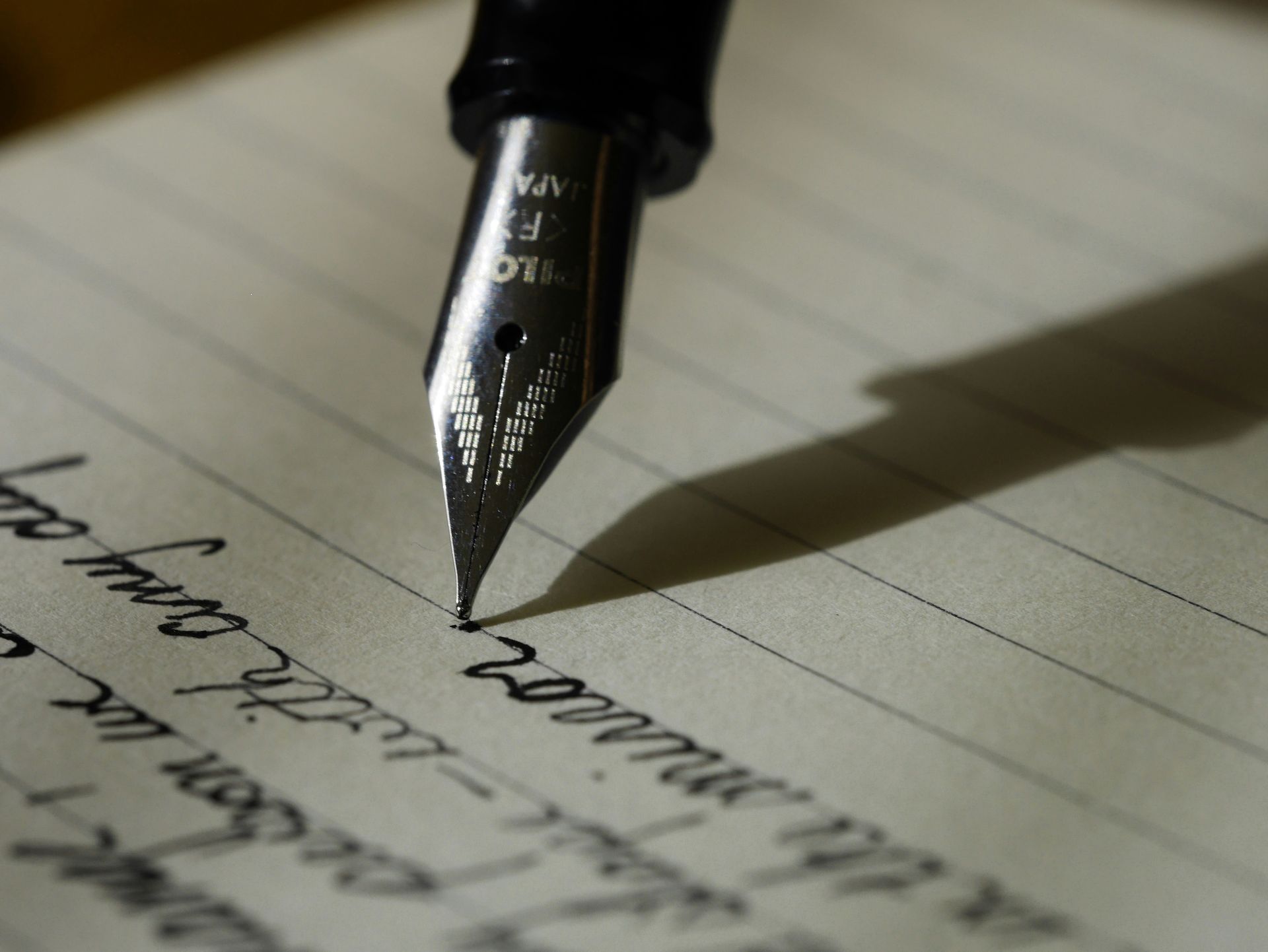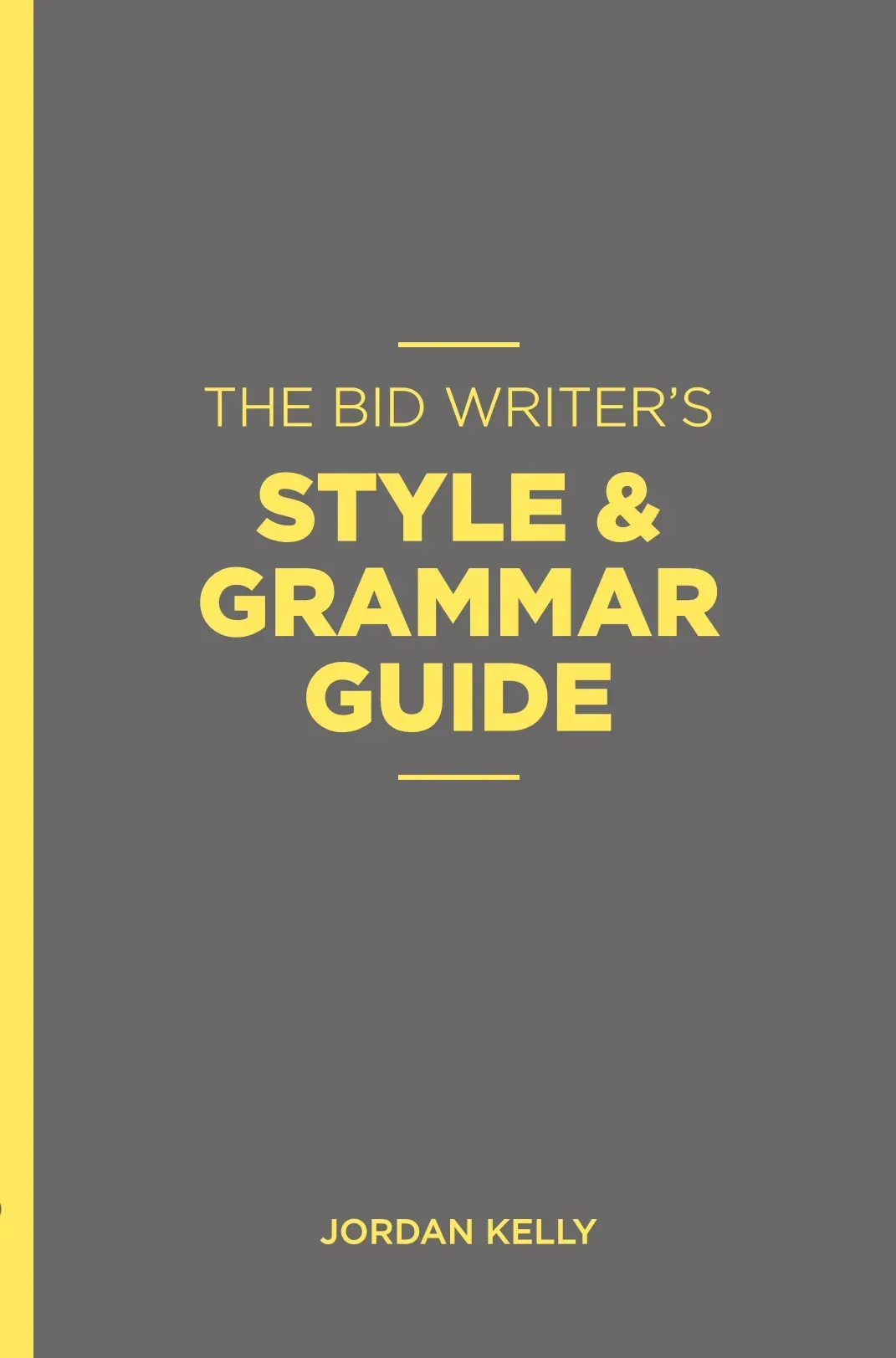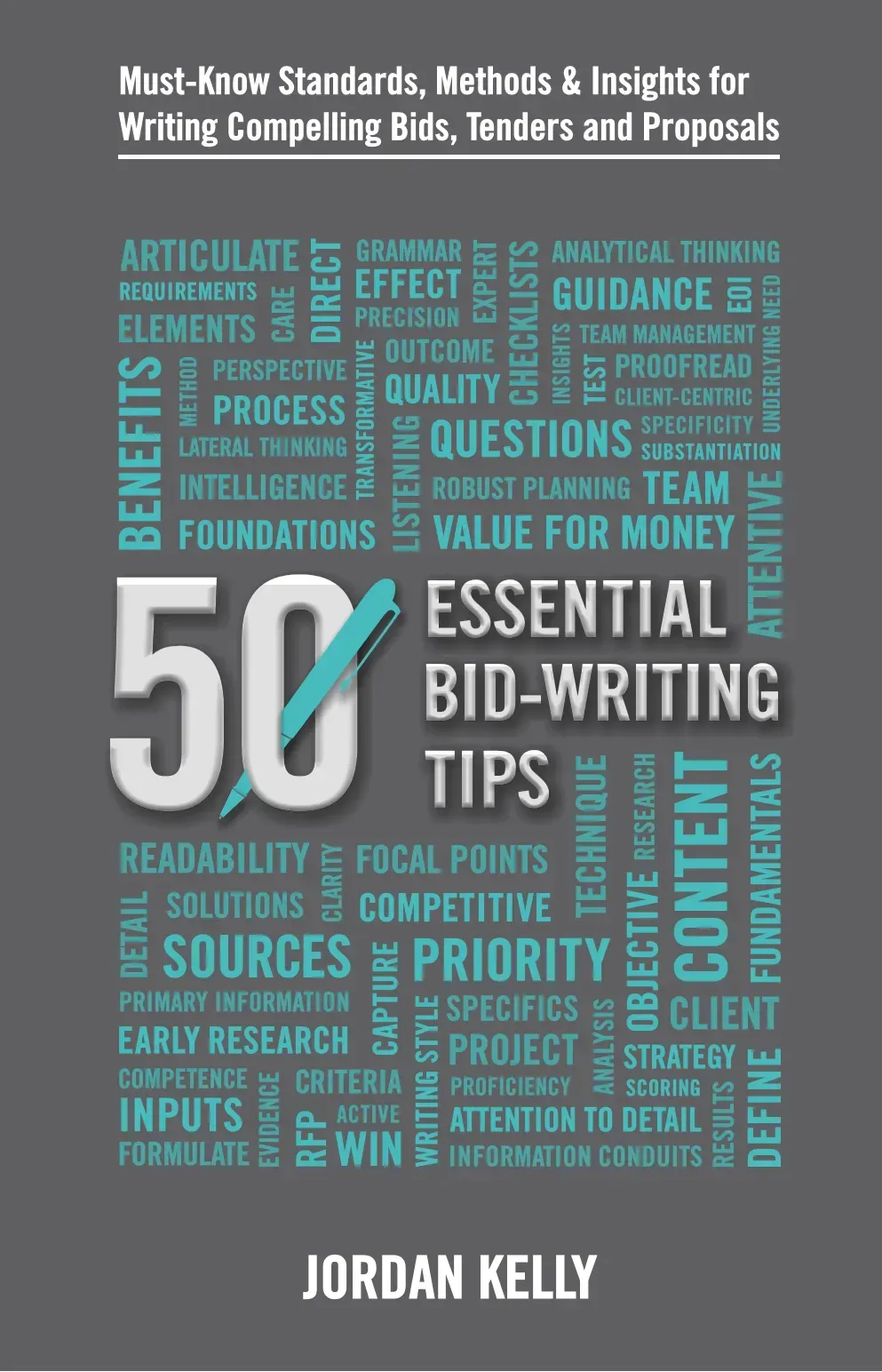CATEGORIES:

In ‘Five Tips to Sharpen Your Bid-Writing’, I wrote about the importance of having clear and documented bid strategy, focusing on benefits, answering the client’s questions, substantiating your claims, and avoiding consultant-style parroting.
These considerations all, in one way or another, relate back to effectiveness in the strategy planning stage. That is, you can’t expect to execute these tips successfully unless Comprehensive research and thinking has taken place beforehand.
My next lot of tips relate to the writing function per se.
Tip No. 6 – Client Focus vs Supplier-centrism
Be client-focused not only in your content (i.e. as above, this relies on a solid bid strategy), but also in your writing.
If and whenever possible, your choice of opening words should let the evaluators know that your answer and information is going to be framed in the context of the client organisation's interest, its needs, its project / account / contract, its priorities, and its concerns.
Then keep the focus squarely on the client - throughout the entire piece. Don’t revert to an organisationally self-centric tone.
Tip No. 7 – Steer Clear of Hot Air & Hype
Avoid the temptation to slip into sales-speak.
Don’t be tempted to go into marketing copywriter mode. It’s not required. Worse, you’ll come across as an amateur, if copywriting isn’t your day job.
For the most part, write as you would speak. It’s the most readable way to write. If your writing is natural, informal and unstilted, that is in fact what you are doing: You’re speaking to the client. You’re just doing it through the written word.
So don’t out-clever yourself by falling into the mistaken mindset that you need to be a creative writer to write bids. In fact, trying to be creative or “salesy” is what brings a submission down.
It’s about getting the basic content correct and complete, then simply making sure it progresses logically and reads sensibly.
Tip No. 8 – Avoid the ‘Cut & Paste’ Trap
Do NOT “cut-and-paste” from your company’s policies and procedures manual or corporate / product marketing materials.
Give the evaluators more credit than to fall for this practice.
Tip No. 9 – Be Wary of the Template Trap
Similarly to the above, don’t rely on templates and text from previous submissions.
Apart from the obvious scope for mistakes, when you cut-and-paste you’re not exactly working with a genuine client-centric focus. That is, the focus of the copy in question is not this particular client . . . at best, it’s any client.
Tip No. 10 – External Impressions
Read your finished piece out loud . . . to someone else.
Read your material aloud to a disinterested party. You’ll avail yourself of the invaluable phenomenon of hearing your writing through that person’s ears.
So much the better that they have no knowledge of the topic; you’ll quickly ascertain whether or not your piece makes sense to the common reader or other non-technical audience.
50 ESSENTIAL BID-WRITING TIPS
Must-Know Standards, Methods & Insights for Writing Compelling Bids Tenders and Proposals
(Book)
This 220-page, high-quality paperback production features 50 mini-lessons to ensure both your professional writers and your contributing subject matter experts produce client-centric, substance-based submission content.
Available individually or as a six-pack (6 for the price of 5).
THE BID WRITER'S STYLE & GRAMMAR GUIDE

(Book)
Your organisation’s credibility hangs on the quality of your writing and the standards it reflects.
Used diligently, this 196-page, high-quality paperback production will ensure the highest degree of grammatical diligence in your submissions, along with a consistent, professional writing style throughout.
Available individually or as a six-pack
(6 for the price of 5).



